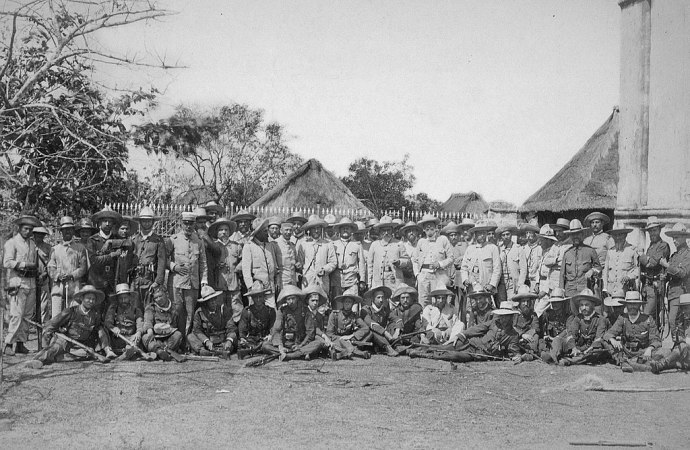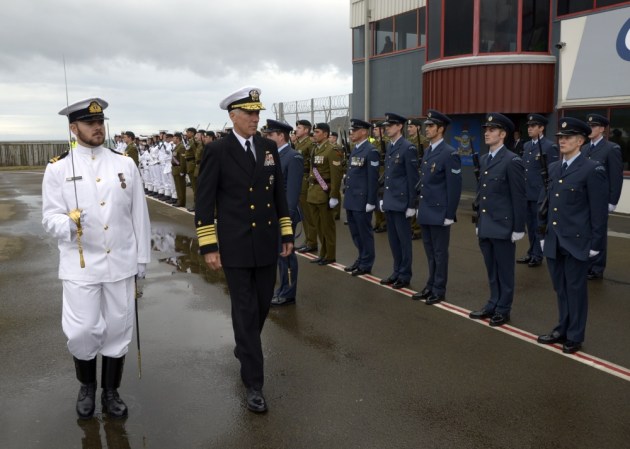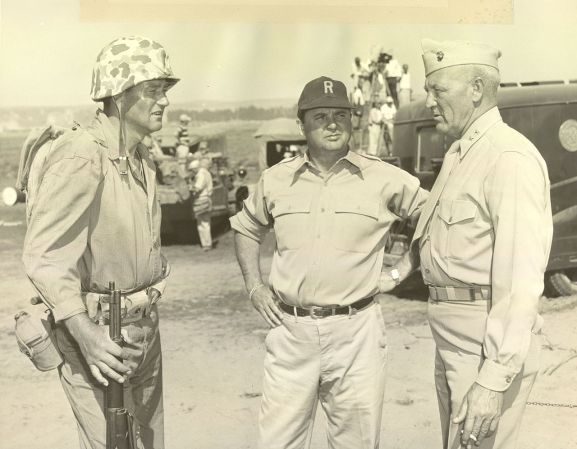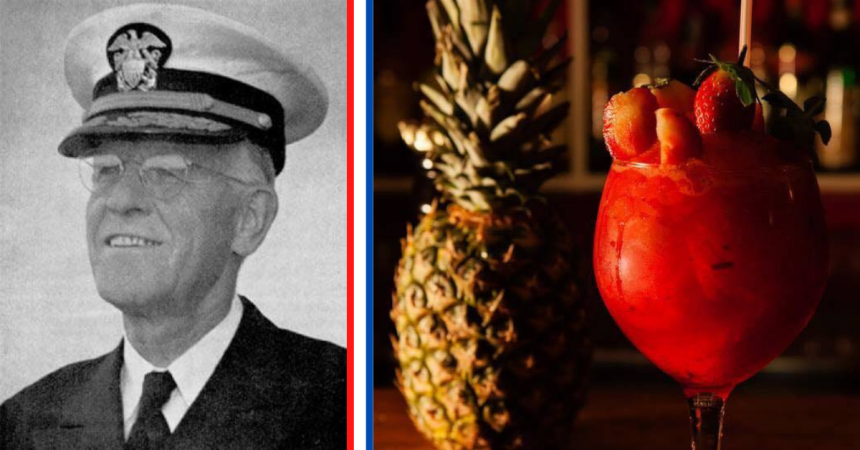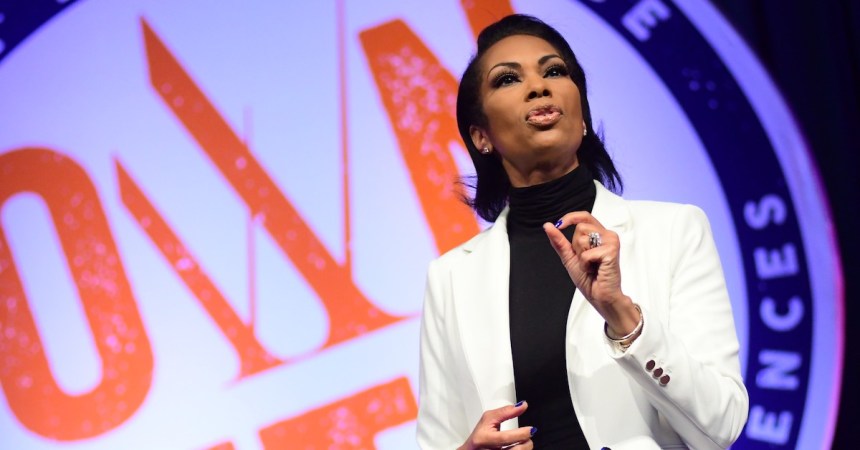In May 1898, Admiral George Dewey’s name carried almost as much weight as that of George Washington among Americans. His feats were compared to other homegrown legends of the sea such as John Paul Jones, Oliver Hazard Perry, and David Farragut. Thousands of ribbons, bowls, dishes, celluloid buttons, canes, paperweights, and spoons were produced depicting his distinguishing features – his white hair and matching walrus mustache. He was avowed as an American folk hero for his victory at Manila Bay against the Spanish, and his popularity almost launched him into the presidency as it did Zachary Taylor in 1850.
But today, the mention of his name to most Americans would be met with blank stares.

Dewey was not a remarkable man. He was neither brilliant nor did he possess any identifiable characteristics that demonstrated an above average ability. While attending the United States Naval Academy, he earned 113 demerits in his first year due to a number of infractions and his never-ending fixation with practical jokes. (Two hundred demerits would have led to a midshipman being expelled.)
No one is really sure how he got the nickname “Shang,” but it stuck. His career was lifeless leading up to 1898. By then, he was more than sixty years old and had not seen active duty in over thirty years.

The legendary Admiral David Farragut (of “Damn the torpedoes!” fame) was his role model. Dewey cherished the memory of serving alongside Farragut during the American Civil War. He declared of his idol that, “Farragut has always been my ideal of the Naval Officer; urbane, decisive, indomitable. Valuable as the training at Annapolis was, it was poor schooling beside that of serving under Farragut in time of war.” Even on the eve of the Battle of Manila Bay, Dewey asked himself “What would Farragut do?” He made a point to exemplify the characteristics he learned from Farragut for the remainder of his life.

Dr. Ronald H. Spector, author of Admiral of the New Empire: The Life and Career of George Dewey, wrote that the years between the 1860s and the 1890s were years of pain, frustration, tedium, and stagnation for Dewey. His wife Susie died in 1872, five days after giving birth to a son. He always carried a gold pocket watch with an image of her declaring to one individual, “My wife goes with me always.” With the exception of the death of his wife, these years were the most monotonous of his life. But in 1898, life drastically changed for Dewey.
At the outbreak of the Spanish-American War, Dewey took command of the U.S. Asiatic Squadron anchored north of Hong Kong in January of 1898. Even though well past his youth, Dewey was still lean and possessed a decisive frame of mind. Then-Assistant Secretary of the Navy Theodore Roosevelt favored the old naval officer and proclaimed, “Here was a man who could be relied upon to prepare in advance and to act fearlessly and on his own responsibility when the emergency aroused.” Dewey received orders from his government to crush the Spanish Pacific fleet anchored in the vicinity of Manila Bay, Philippines.

Under the cover of darkness, Dewey’s fleet (coated with gray paint to cover their glistering white frames) snuck into Manila Bay. The vessels passed single file through the Spanish channel with Dewey in the lead on his flagship, the Olympia, followed by the Baltimore, Boston, Raleigh, Concord, and Petrel. One officer feared Spanish mines in the channel might endanger the life of Dewey, voicing his concern to his commander. Dewey wanted to hear none of it and declared, “I have waited sixty years for this opportunity. Mines or no mines, I am leading the squadron myself.”
When the Olympia drifted to within 5,500 yards of the Spanish Pacific fleet around 5:40 a.m. on May 1, it unleashed the first salvo as the lead American vessel. Dewey led his vessels to and fro in front of the Spanish fleet, until they were finally within the close proximity of 1,800 yards. The whole time Dewey sat with composure on the bridge of the Olympia while his guns roared, sporting an ivory uniform and matching golf cap. By 12:50 p.m., all seven Spanish vessels were sunk or set on fire and scuttled, with the heavy loss of 400 killed and wounded. Dewey lost neither a ship nor man (8 men were wounded).

One of the most flawless U.S. naval victories in history was conducted by a man of mediocre ability, but who rose to the occasion and snatched a once-in-a-lifetime opportunity. His grit, decisiveness, and courage made up for his shortage of brilliance. Dewey’s victory allowed for the U.S. occupation of Manila and contributed to ending the war. Sometimes the most prosperous men in war are the most ordinary men during peacetime.




